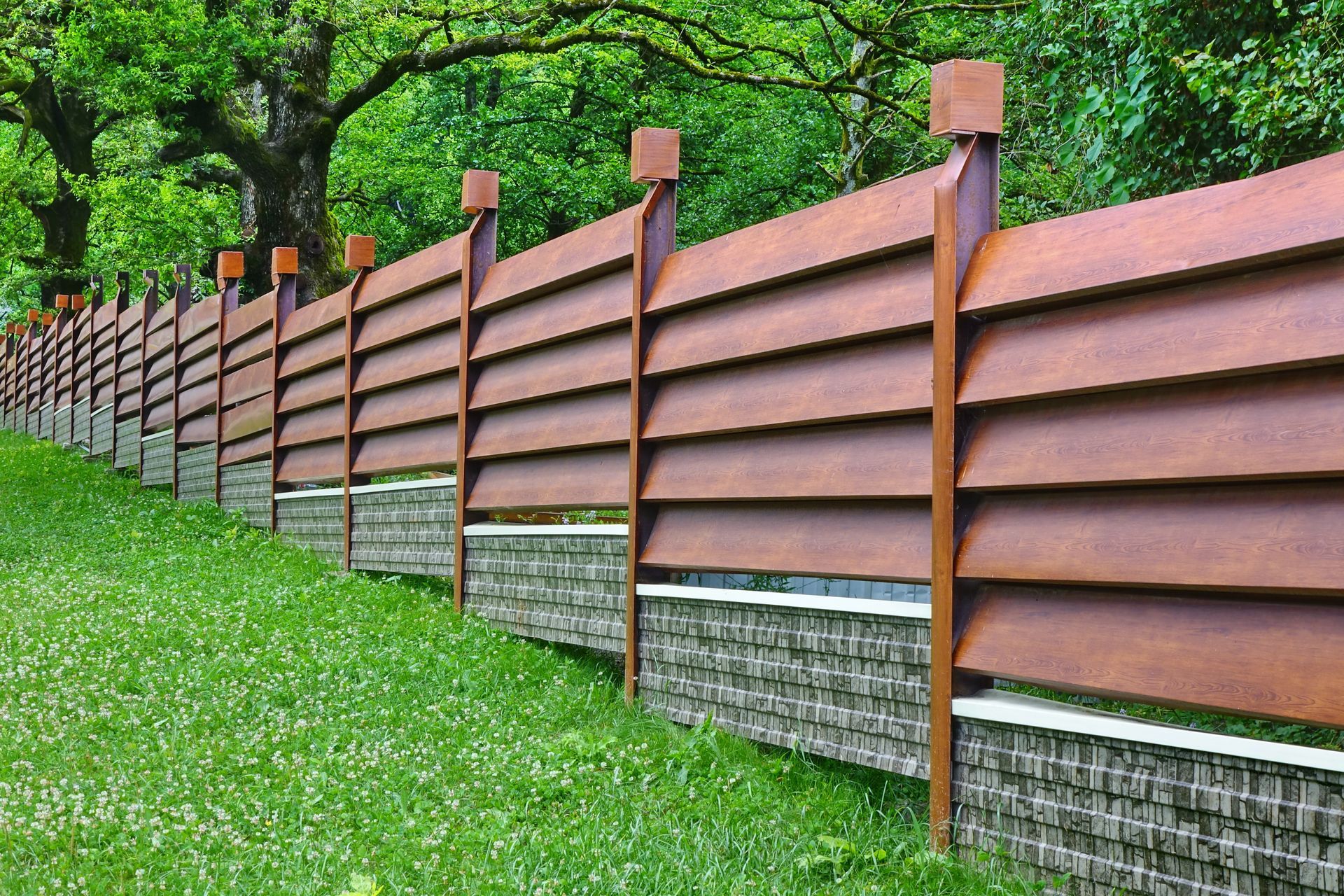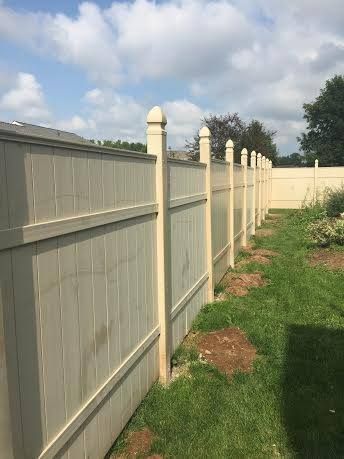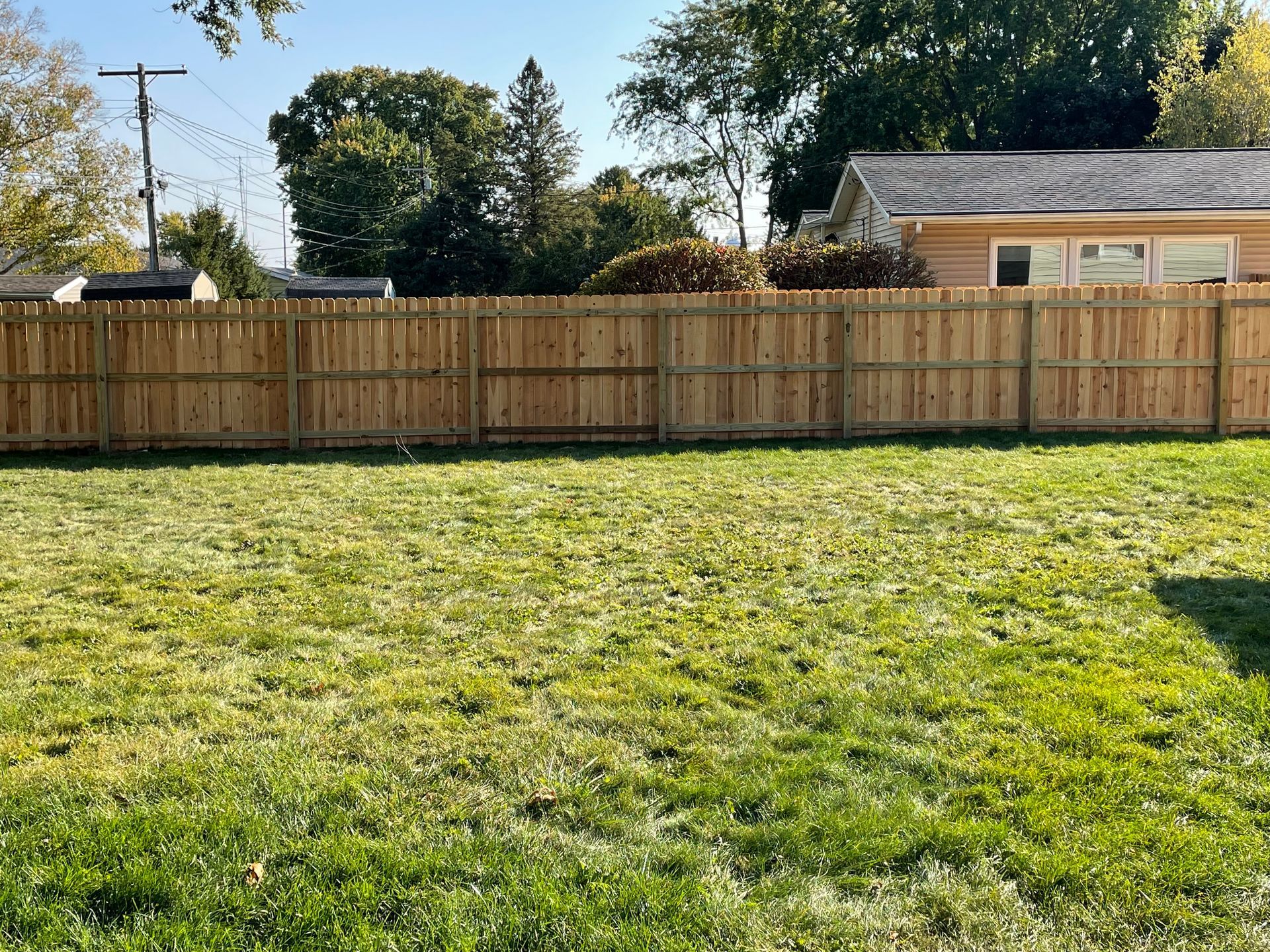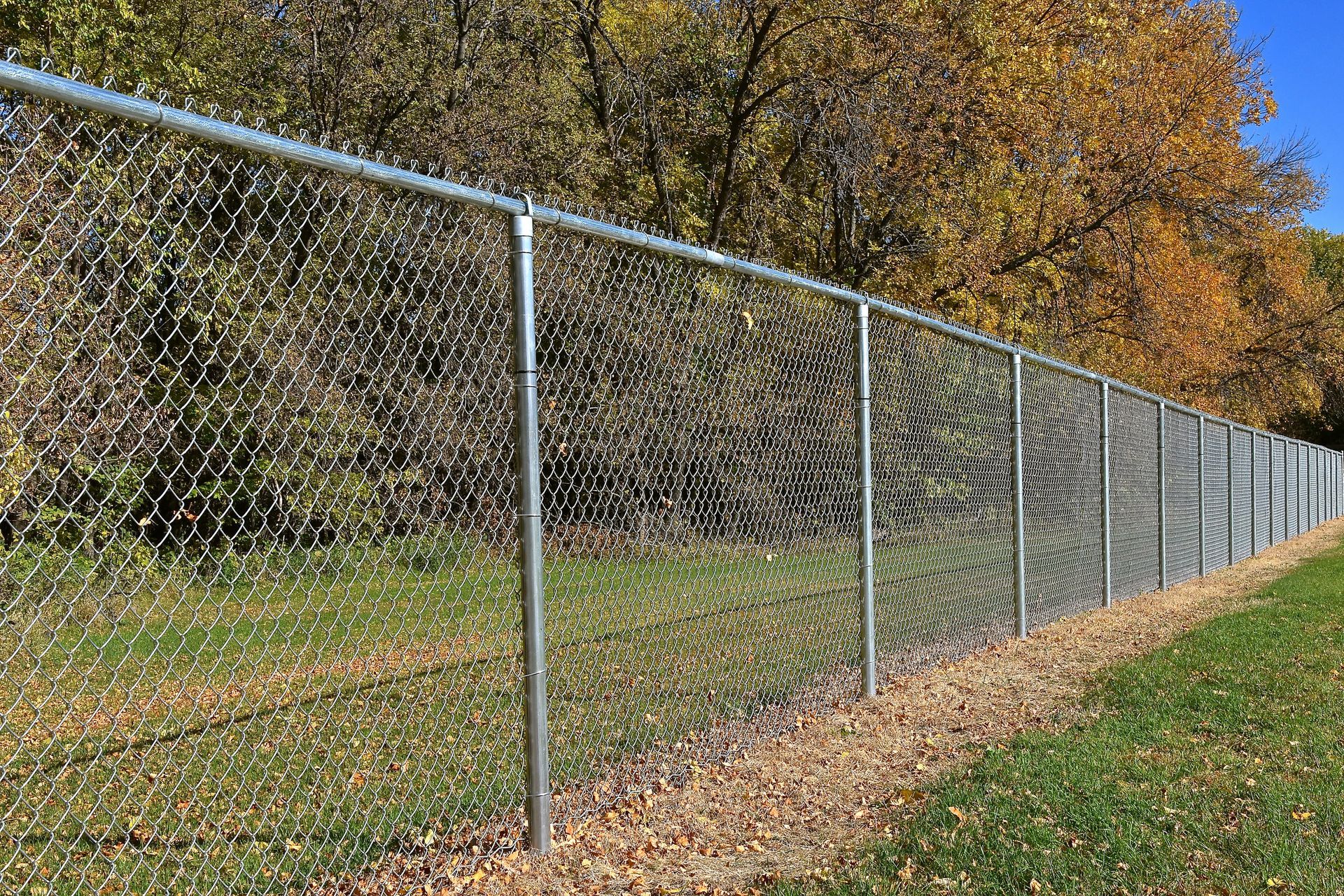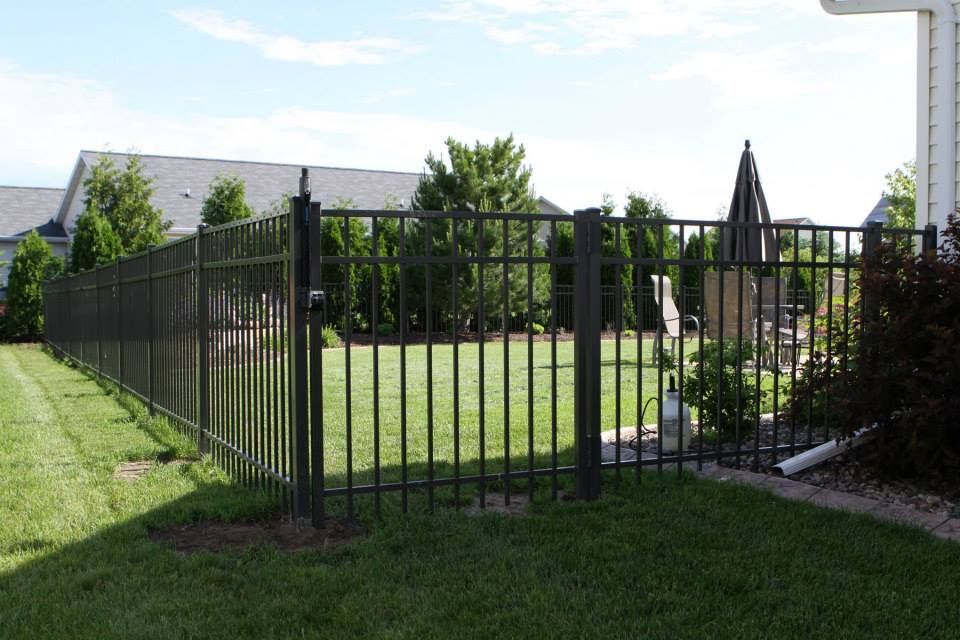Wood vs. Vinyl Fencing in Wisconsin’s Climate: Which Holds Up Better?
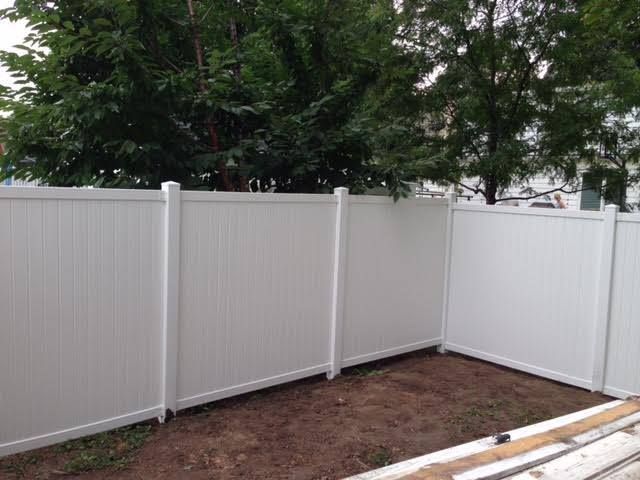
A Practical Durability Comparison for Madison Homeowners Looking to Invest in Long-Term Privacy and Protection
When it comes to choosing the right fence for your property, material matters—especially in a place like Madison, Wisconsin, where the weather swings from humid summers to freezing, snow-packed winters. At Good Neighbor Fencing, one of the most common questions we hear is: Which is better for our climate—wood or vinyl?
The answer depends on your priorities. While both options have their strengths, the long-term performance, maintenance, and aesthetics of each can vary significantly in Wisconsin’s four-season environment. Here’s a side-by-side breakdown to help you make an informed decision.
Wood Fencing: Classic Charm with Natural Tradeoffs
Wood fences remain a popular choice for homeowners who love their natural, timeless appearance. In Madison, cedar and pressure-treated pine are among the most commonly used materials.
Advantages of Wood Fencing:
- Warm, natural look that fits well with historic neighborhoods or wooded lots
- Can be customized with stain or paint
- Easier to repair individual boards
Challenges in Wisconsin’s Climate:
- Requires regular staining or sealing to prevent moisture damage
- Susceptible to rot, warping, and insect activity
- Winter frost heave can cause posts to shift or lean if not properly installed
- Snow and ice buildup can accelerate aging without proactive maintenance
Lifespan with proper care:
15–20 years (possibly longer with top-tier materials and regular upkeep)
Vinyl Fencing: Low Maintenance, Long-Term Resilience
Vinyl fencing has gained popularity across Dane County for good reason—it’s durable, low-maintenance, and built to withstand Wisconsin’s seasonal extremes.
Advantages of Vinyl Fencing:
- Highly resistant to moisture, insects, and rot
- No need to stain or paint—ever
- Easy to clean with soap and water
- Flexible enough to withstand strong winds and light impacts without cracking
Challenges in Wisconsin’s Climate:
- Can become brittle in extreme cold (below -10°F), though quality brands are engineered to resist cracking
- Upfront cost is higher than basic wood fences
- Limited to manufactured color options
Lifespan with minimal care:
25–30 years or more
The Verdict: Which Is Right for You?
If you value traditional aesthetics and don’t mind seasonal maintenance, wood fencing is a solid choice that adds charm and character to your property. But if you’re looking for a low-maintenance option that will hold up year after year through snow, rain, and humidity, vinyl is the clear winner in terms of durability and long-term value.
Build a Fence That Lasts—With Good Neighbors Behind It
At Good Neighbor Fencing, we specialize in both wood and vinyl fence installation throughout Madison and the surrounding Dane County area. We help you weigh appearance, longevity, budget, and maintenance expectations—so you end up with a fence that fits your lifestyle, your home, and your long-term goals.
Ready to explore your fencing options?
Contact us today for a free, no-pressure consultation. We'll guide you every step of the way—from design to installation—with the neighborly service you deserve.


